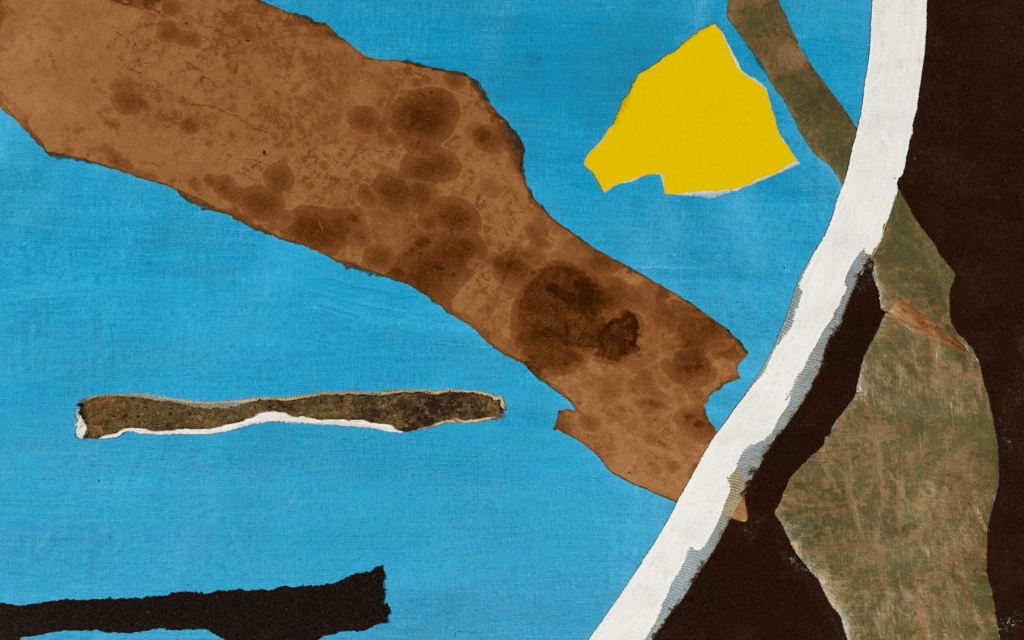This year’s Liverpool Biennial, titled ‘uMoya: The Sacred Return of Lost Things,’ embarks on a profound journey into the spiritual identity of African-decent individuals. The exhibition while addressing the complexities imposed on Africa by the Western world. It serves as a curator, guiding visitors to delve into the pressing CPLEX (colonialism, power dynamics, liberation, and exploitation) issues that have shaped the continent. Through the transformative power of art, the biennial aims to resurrect ancestral and Indigenous wisdom and knowledge. Moreover, it presents an opportunity for audiences to heal while acknowledging the painful losses of the past. Let us examine some artworks displayed and their significance.

The artists involved in the biennial have embraced the concept of ‘uMoya’ with great generosity. Torkwase Dyson, for instance, explores the essence of blackness as a practice of world-making, beyond the confines of violence. In her work ‘Liquid a Place,’ Dyson engages in a deep-time conversation with the history of water and its connection to enslaved Africans. She uses triangles to create portal-like voids that symbolize gateways, shelter, and the central passage.
Metaphorically, Belinda Kazeem-Kamiński’s ongoing project ‘Respire’ examines the significance of breath as a means for individual and collective liberation. Through music, sound, and breath, Kazeem-Kamiński creates a video graphics installation, highlighting the somatic response to violence, pleasure, and connection. Can our breath encompass our ancestors’ pain as we inhale and release their trauma as we exhale?
Francis Offman’s work ‘Untitled’ delves into the Rwandan genocide. It juxtaposes the violence endured by the Rwandan people with the joy of drinking coffee. Through repurposed coffee grounds spread on canvas, Offman delicately expresses his exploration of the wounds inflicted upon a nation. Moreover, he simultaneously searches for a pathway to healing. Similarly, Lubaina Himid’s paintings, challenge the dominance of white male artists in the historical canon. As such, her artworks center around South Africa’s transition into a democratic nation. In her work, ‘Between the Two My Heart is Balanced,’ Lubaina Himid reimagines James Tissot’s painting ‘Portsmouth Dockyard,’ placing Black female figures at the center. By this, she reclaims their agency and celebrates Black being.

Eleng Luluan’s monumental sculpture ‘Ali sa be sa be, 2023 transports us to the Indigenous Rukai community in Taiwan. This artwork depicts the legend of the Rukai founder’s birth from a pottery jar guarded by two snakes. It invites contemplation on Indigenous perspectives of world-making. Luluan also draws attention to the impact of climate change and colonial violence. This is further symbolized by landslides and typhoons that plague her village.
In the same respect, Isa do Rosário, intertwines her spiritual conversations with orixás. Orixas are deified ancestors in Candomblé, the African religion of Brazil. In her installation ‘Dance with Death on the Atlantic Sea,’ she employs over 300 Abayomi dolls. The dolls were crafted by mothers during the harrowing voyage between Africa and Brazil. Similarly, Pamela Phatsimo Sunstrum’s work examines the complexities of cultural identity within systems of class, race, and inequality, resonating with her dual existence between Canada and Botswana. Her installation ‘Mumbo Jumbo and the Committee’ intertwines furniture, painting, and animation, navigating the expectations imposed by whiteness and the limitations they entail. Sunstrum challenges us to contemplate the meaning
The exhibition serves as a powerful reminder of the resilience and creativity of African artists, who navigate complex narratives of oppression and triumph. Their works provoke contemplation, challenge existing frameworks, and celebrate the richness of African cultures. Ultimately, the ‘uMoya’ Biennial invites audiences to engage with these voices and embrace a more inclusive and nuanced understanding of Africa’s past, present, and future.


